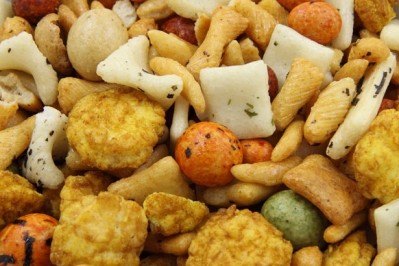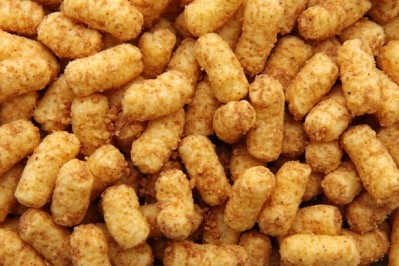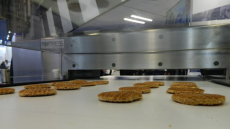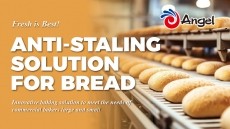Low oil volume fryer for even extruded snacks
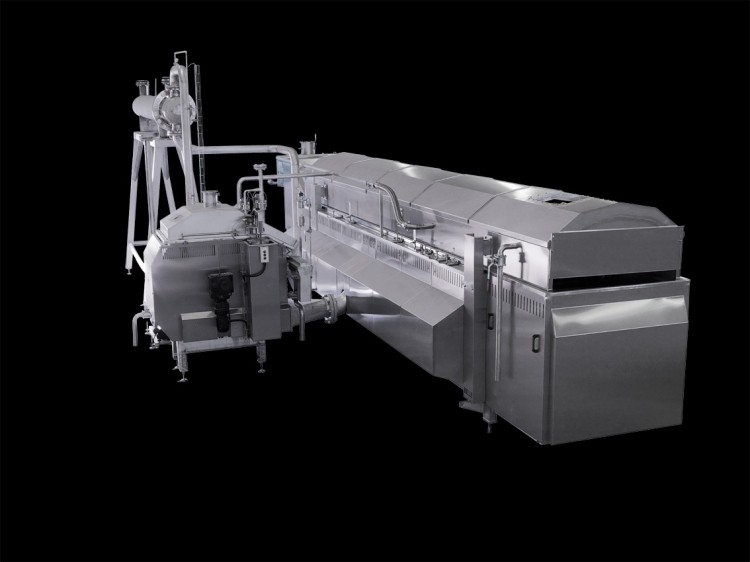
The first fryer has been sold to an Israeli company to cook extruded rings, replacing a ‘homemade’ fryer that was apparently using six times the amount of oil as the Rosenqvists fryer.
According to Göran Wadsten, sales manager with Rosenqvists, the advantages of a low oil volume are two-fold.
“With today’s oil prices, fryers that require large volumes of oil have become very expensive to run,” he told BakeryAndSnacks.com. “A low oil volume also guarantees that the oil turnover rate is very quick.”
With the Rosenqvists fryer, oil turnover time is typically five hours on a product with a 30 per cent oil content after frying. The way turnover time is calculated is that when frying a product with a 30 per cent oil content at a throughput of 1000kg per hour, the product will pick up 300kg of oil an hour. In this fryer the oil volume is 1500kg, which means it takes five hours before all the oil has been absorbed by the product. During that time the oil level is continuously topped up via a level control.
Turnover time
Explaining why a short oil turnover time is important, Wadsten said: “The shorter the oil turnover rate, the fresher the oil and the longer the product’s shelf-life.
“We know from experience that with a turnover rate of five hours the oil will not have enough time to breakdown and deteriorate, causing rancid off-tastes or reducing product shelf-life. That’s why we strive for lower oil volumes.”
In design terms this has been achieved by reducing the oil volume in the frying pan, full flow oil drum filter, circulation pump and heat exchanger.
The fryer is also designed to prevent high-moisture products such as tortilla chips and extruded shapes from becoming deformed in the fryer.
According to Wadsten, the key to this is how the product is treated during the first 20 seconds in the fryer, when its consistency is still soft.
“If you load individual products on top of one another or there is not enough room for them to expand or you don’t ensure even frying time in the first part of fryer, some will end up over-fried and deformed,” he said.
To resolve this the fryer has two mechanical zones, with the first being a ‘free-floating’ zone, where product is moved gently towards the discharge via oil inlets in the base and the entrance wall of the fryer and a paddle belt that controls the oil flow, until it is form stable and ready to be stacked up under the submerger belt.
